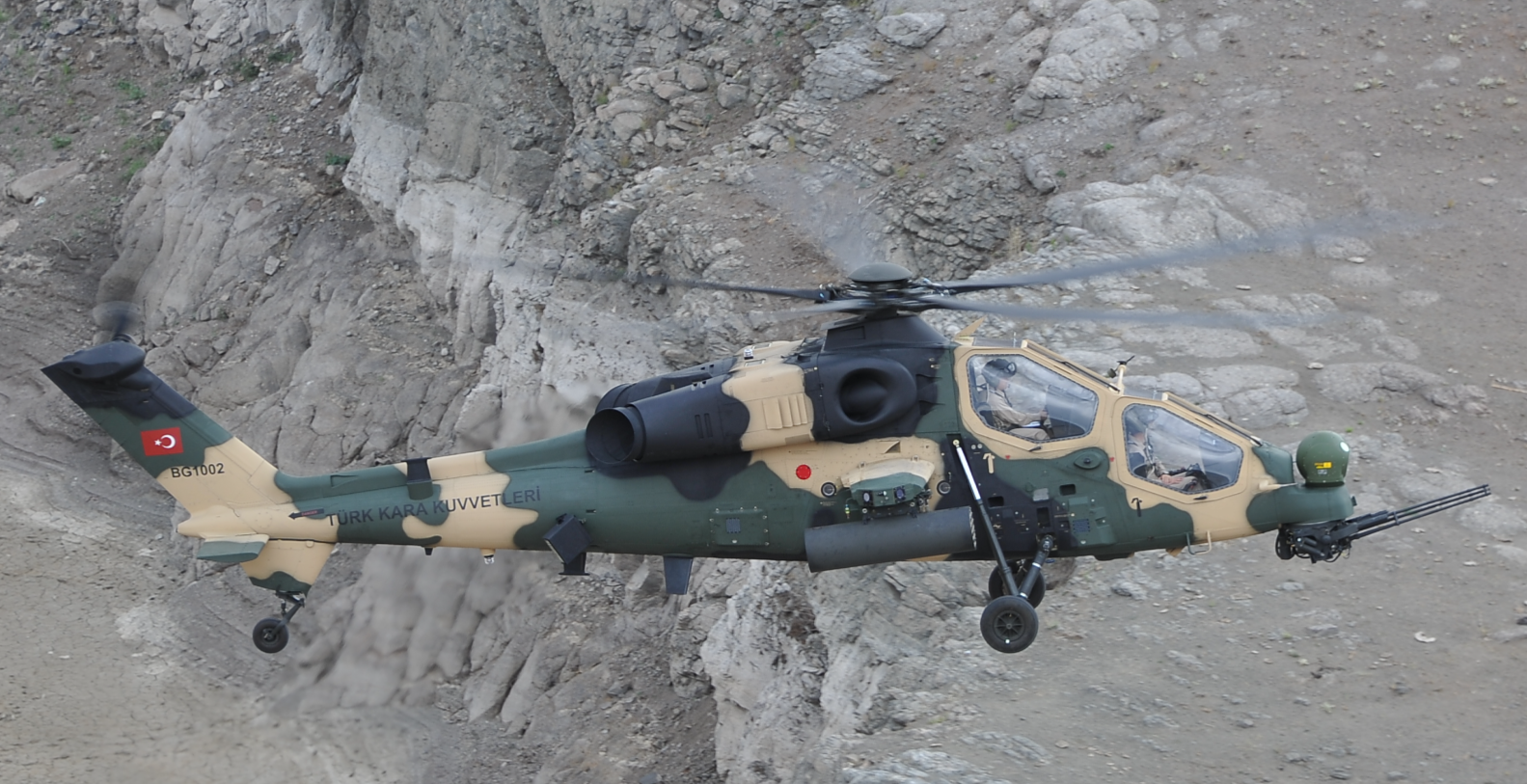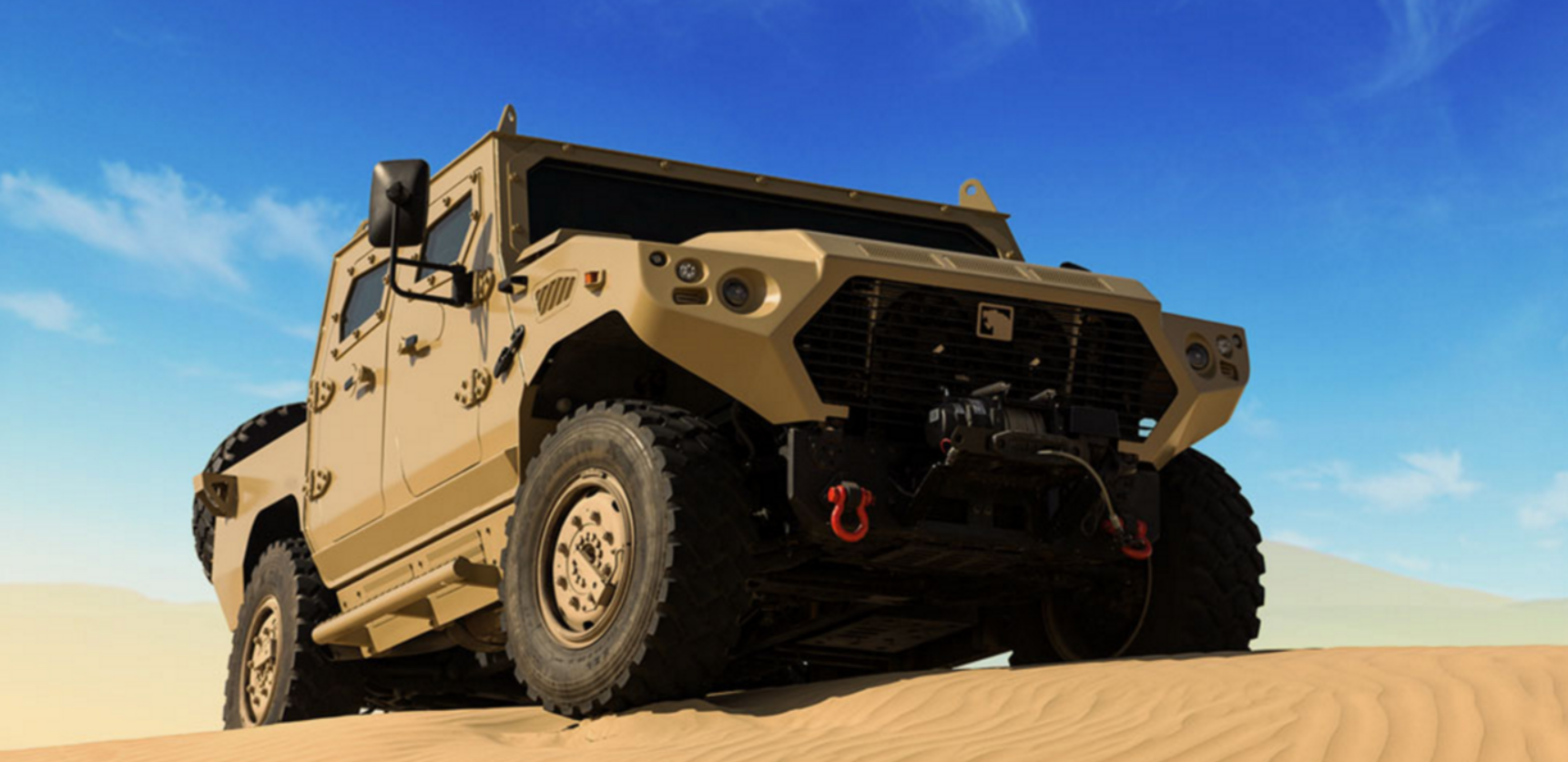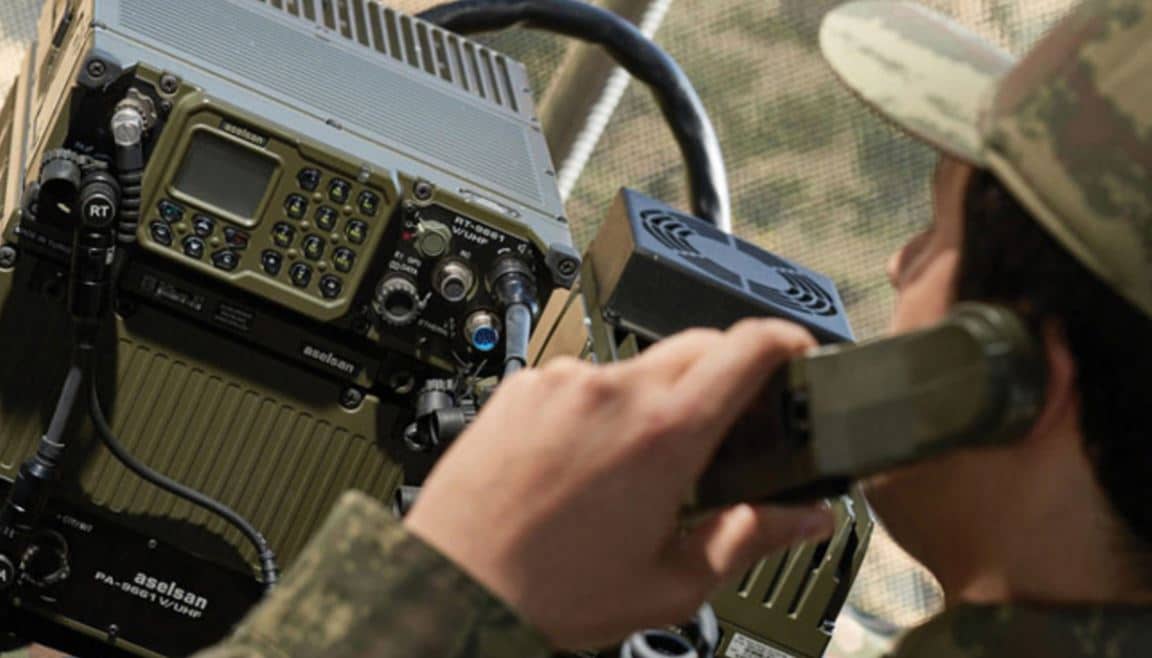19Views 7Comments

Is Pakistan selecting the T-129 ATAK?
With the completion of the Turkish Aerospace Industries (TAI) T-129 ATAK’s trials in Pakistan in June, it appears that the Pakistan Army is pressing ahead with the platform, at least as a leading contender for its dedicated attack helicopter needs.
At this year’s Farnborough Air Show, which concluded last week, a Pakistani delegation reportedly (source in Turkish) met with TAI to discuss how the ATAK could be tailored for the Pakistan Army’s specific needs.
In addition, Pakistani representatives will also observe Roketsan Mizrak-U (aka UMTAS) anti-tank guided missile (ATGM) qualification tests from the T-129 in the coming months.
Comment and Analysis
Although the Pakistan Army has the Bell AH-1Z Viper in the procurement pipeline (with 11 aircraft out of 15 on order), it appears that the Army will procure another dedicated attack helicopter. The impetus for this could be from the Army’s need assume the bulk of its close air support (CAS) needs (see: A strong Army Aviation is vital to Pakistan’s CAS strategy). Besides counterinsurgency (COIN), the CAS element will need to be available in times of conflict with state-level actors (i.e. India).
Given the nature of Pakistan’s relationship with the U.S., broadening dependence on American platforms for a need that will greatly center on external threats will neither be prudent or possible. In turn, the Army designated the CAIC Z-10, TAI T-129, and Mil Mi-28NE as its prospective mainstay options. Pakistan may be in touch with the Russians over the Mi-28NE (which is seeing increasingly widespread adoption in parts of the world), but the Z-10 did participate during this year’s Pakistan Day Parade.
The status of the Z-10 and Mi-28NE are unclear, but seeing the Army engage with TAI on how the T-129 could be adapted for the former’s needs is a significant sign. It is an indication that the aircraft has done sufficiently well in operating under Pakistan’s geographical and environmental conditions, and that Army Aviation apparently views the T-129 as a viable platform.
It is important to have an understanding of what the Pakistan Army would be looking for in terms of a CAS asset. For example, there would be limited value in acquiring a platform that does not have access to a millimeter wave (mmW) radar, which is used to track targets based on their metallic signature. In an age where passive self-protection measures, such as burying laser locks via smoke screens, are very common, mmW has emerged as a strong means for offensive engagement against armoured vehicles. To properly contend with effective passive and increasingly common active – i.e. hard-kill – protective measures, the Pakistan Army will need a mmW radar and mmW-tipped air-to-ground missiles (AGM).
It is unclear if Russia and Western Europe would be willing to offer such technology to Pakistan, but China and Turkey conceivably could. It is plausible that Turkey has assured the Pakistan Army of access to mmW technology once it is developed in Turkey. The core Turkish program in this area is the Meteksan MILDAR, which has been in development for at least the past five years. It is another question of how TAI intends to integrate the MILDAR solution onto the T-129, but that is secondary in comparison to the point of being in possession of the technology itself.
The second major issue is dependency, generally on the West, and specifically on the U.S. Although the T-129 ATAK is a direct descendent of the AugustaWestland (now Leonardo) A-129 Mangusta, TAI has full ownership and rights over the design, and produces it in full in Turkey. The exception to this is the ATAK’s turboshaft, which is the Rolls-Royce and Honeywell LHTEC T800. In effect, TAI would need the approval of the U.S. or potentially the U.K. in order to re-export the T800.
In response to this issue, TAI reportedly told a Turkish defence publication that because Pakistan acquired the AH-1Z, it should have no trouble with acquiring the T800. Sadly, this is far from certain, just as approval for Foreign Military Financing (FMF) – while at one point expected – for the Pakistan Air Force (PAF)’s F-16 Block-52+ purchase did not pan out, despite the fact that Pakistan fought in the Federally Administered Tribal Areas (FATA) for 10 years, or the reality that the F-16 is Washington’s central foreign policy tool for use in Pakistan’s policymaking circles. That said, one could reasonably argue that TAI would not have even trialed the T-129 in Pakistan had it not received assurances from the U.S.
The third issue is cost. Unlike China or the U.S., Turkey’s ability to offer initial credit or a loan in order to get a deal moving is very limited, it will require cash payments. With Pakistan’s procurement spending for the next eight years projected at $12 billion U.S., its ability to commit cash is limited. TAI could – and likely will given that it has done this before on other programs – do is offer commercial offsets and transfer-of-technology benefits in exchange for buying the T-129. For example, the T-129 could come with complete maintenance, repair and overhaul (MRO) facilities in Pakistan, including some spare parts manufacturing, which in turn could be linked to the T-129’s overall supply-chain.
The fact that the Turkish Army T-129s will be in production in parallel with export aircraft (e.g. Pakistan) is also advantageous for Pakistan. Pakistan has the time and spare to acquire the T-129 in incremental batches over the period it is being built for the Turkish Army, and as such, is only obligated to provide the cash for the helicopters it immediately needs.
The whole matter is still in its early stages, but it has evidently progressed – i.e. from interest, to trials (in June), to possible package building. While the failed coup may push the schedule up (in terms of months at the minimum), this is the first real momentum seen in Pakistan’s attack helicopter push since the AH-1Z and Mi-35 orders. If the T-129 comes to fruition, especially alongside the MILGEM corvettes, then there is no doubt that Turkey will have cemented itself as Pakistan’s leading defence hardware supplier in recent years (second only to China), which will be significant on its own terms.


